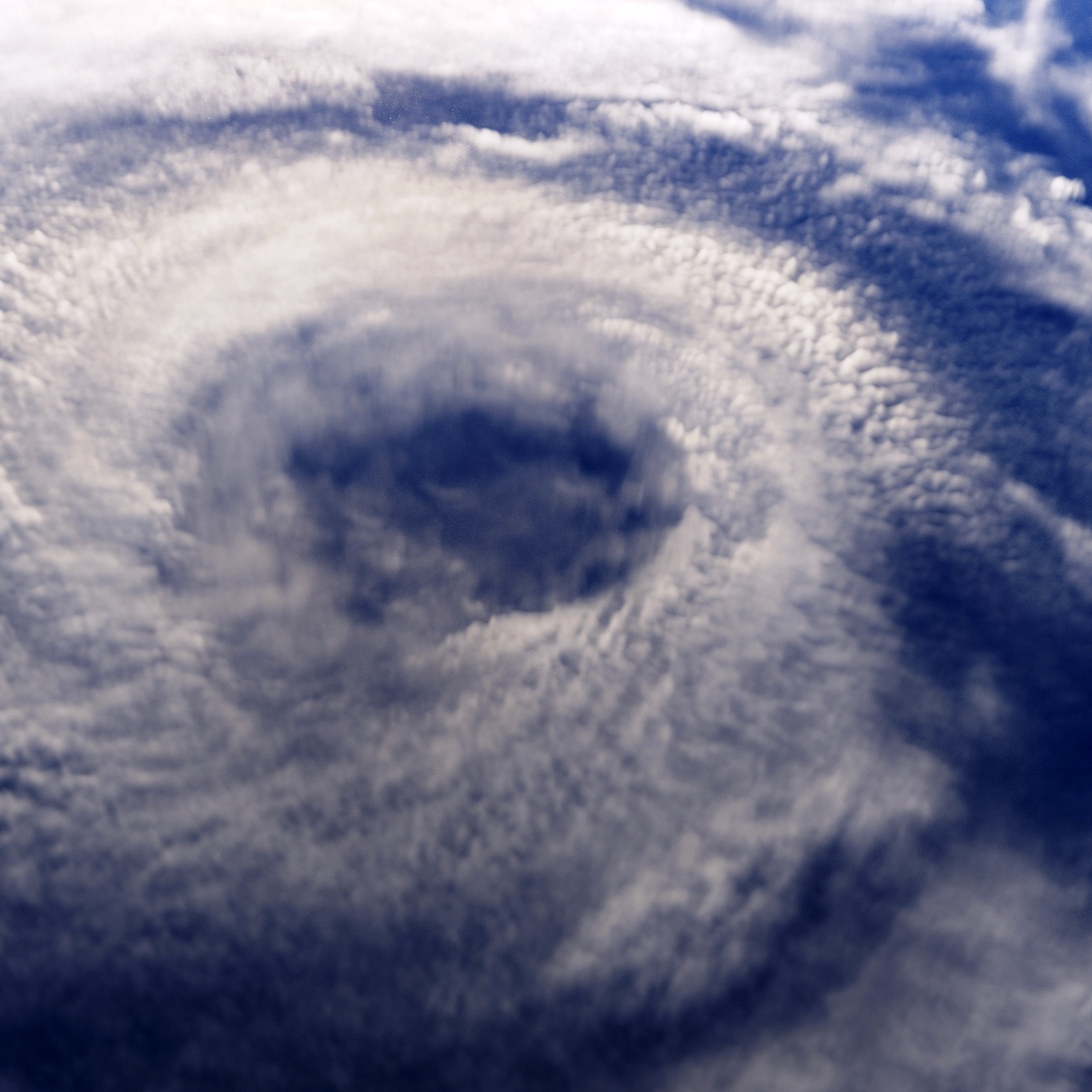
2017 has been the strongest hurricane season since at least 2005, and many observers would say that it is a year when the hurricanes and tropical storms just did not quite behave normally. The United States and Caribbean have endured hurricanes Harvey, Irma and Maria. Now there is Hurricane Ophelia, but what makes it unusual is where the current storm path is headed — Ireland.
It is quite normal for Ireland to experience unusual weather. After all, if you have been there you might get the joke that you can experience all four seasons in a single day. According to most reports, this is set to be the strongest storm to hit Ireland since Hurricane Debbie back in September of 1961.
Ireland has undergone much expansion in the past 20 years, and the island nation was among the European nations hit the hardest during the financial crisis. Ireland was even a member of the PIIGS — Portugal, Italy, Ireland, Greece and Spain — the nations that continued to suffer after the crisis. Ireland took its lumps and did what it had to do to recover from the financial crisis the best of all the PIIGS.
The question that needs to be asked is just how ready Ireland is for a hurricane, and what sort of hurricane strength is likely to occur.
The National Hurricane Center (NHC) has a current projection that Hurricane Ophelia is likely to hit Ireland on Monday, and for the storm to pass over it in a north-northeast path and then to hit the northwestern coast of Scotland in the early hours of Tuesday as a tropical storm.
The NHC advisory on Saturday morning said:
Given that Ophelia is forecast to become extratropical, the wind field should expand, resulting in impacts over portions of the British Isles regardless of its exact location or strength. By 96 hours, Ophelia should have weakened due to the interaction with land, causing the surface circulation to become ill-defined, and dissipation is expected shortly thereafter.
Although the center of Ophelia is not forecast to reach Ireland or the UK for another 48-60 hours, wind and rain effects will arrive well in advance of the cyclone center. Individuals in those locations should consult products from their local meteorological service for more information on local impacts.
Tropical-storm-force winds are possible throughout the Azores beginning tonight, primarily due to an approaching cold front. However, any track deviation to the west could bring stronger winds associated with Ophelia’s circulation to those islands.
According to the CIA World Factbook, the population of Ireland is projected to be 5.01 million people as of 2017. Only about 23.5% of the population is aged 55 and older. Hurricane Ophelia may spare much of Ireland’s population as its primary path is north or west in Ireland. The CIA World Factbook says:
Population distribution is weighted to the eastern side of the island, with the largest concentration being in and around Dublin; populations in the west are small due to mountainous land, poorer soil, lack of good transport routes, and fewer job opportunities.
Ireland’s gross domestic product (GDP) was estimated at $324.9 billion on a purchasing power parity basis in 2016. That GDP figure was reported as $293.6 billion at the official exchange rate. To show what a snapback economy looks after a major recession, Ireland’s 5.2% GDP growth in 2016 was preceded by 26.3% growth in 2015 and 8.4% growth in 2014.
Ireland’s GDP per capita is quite high. In 2016 that was $69,200, up from $66,300 in 2015 and $52,900 in 2014.
The CIA World Factbook further says of Ireland:
In late 2013, Ireland formally exited its EU-IMF bailout program, benefiting from its strict adherence to deficit-reduction targets and success in refinancing a large amount of banking-related debt. In 2014, the economy rapidly picked up and GDP grew by 5.2%. The recovering economy assisted lowering the deficit to 2.5% of GDP. In late 2014, the government introduced a fiscally neutral budget, marking the end of the austerity program. Continued growth of tax receipts has allowed the government to lower some taxes and increase public spending while keeping to its deficit-reduction targets. In 2015, GDP growth exceeded 26%, the highest growth in the EU for two consecutive years. This dramatic increase reflected one-off statistical revisions, multinational corporate restructurings, and the aircraft leasing sector, rather than gains in the on the ground economy. Growth moderated to around 4.2% in 2016.
Are You Ahead, or Behind on Retirement? (sponsor)
If you’re one of the over 4 Million Americans set to retire this year, you may want to pay attention.
Finding a financial advisor who puts your interest first can be the difference between a rich retirement and barely getting by, and today it’s easier than ever. SmartAsset’s free tool matches you with up to three fiduciary financial advisors that serve your area in minutes. Each advisor has been carefully vetted, and must act in your best interests. Start your search now.
Don’t waste another minute; get started right here and help your retirement dreams become a retirement reality.
Thank you for reading! Have some feedback for us?
Contact the 24/7 Wall St. editorial team.



